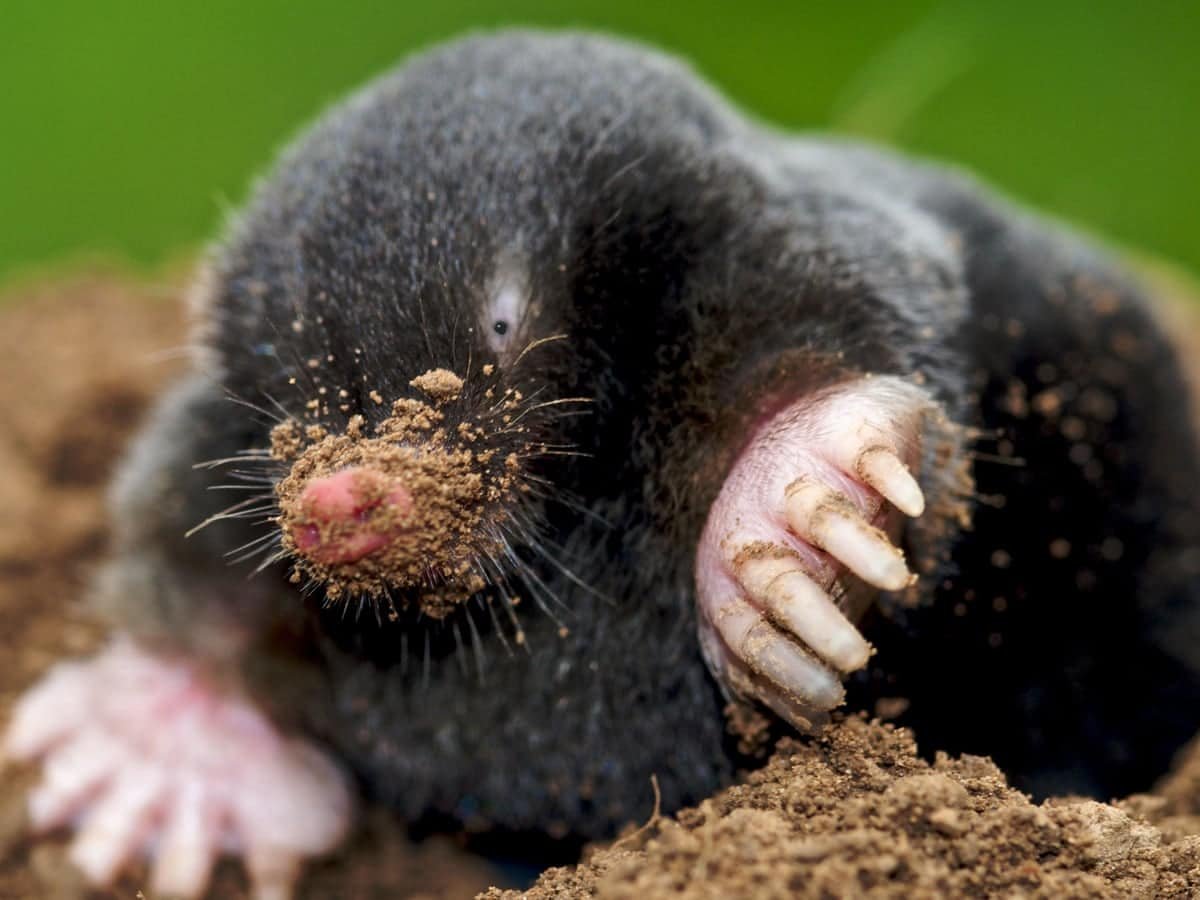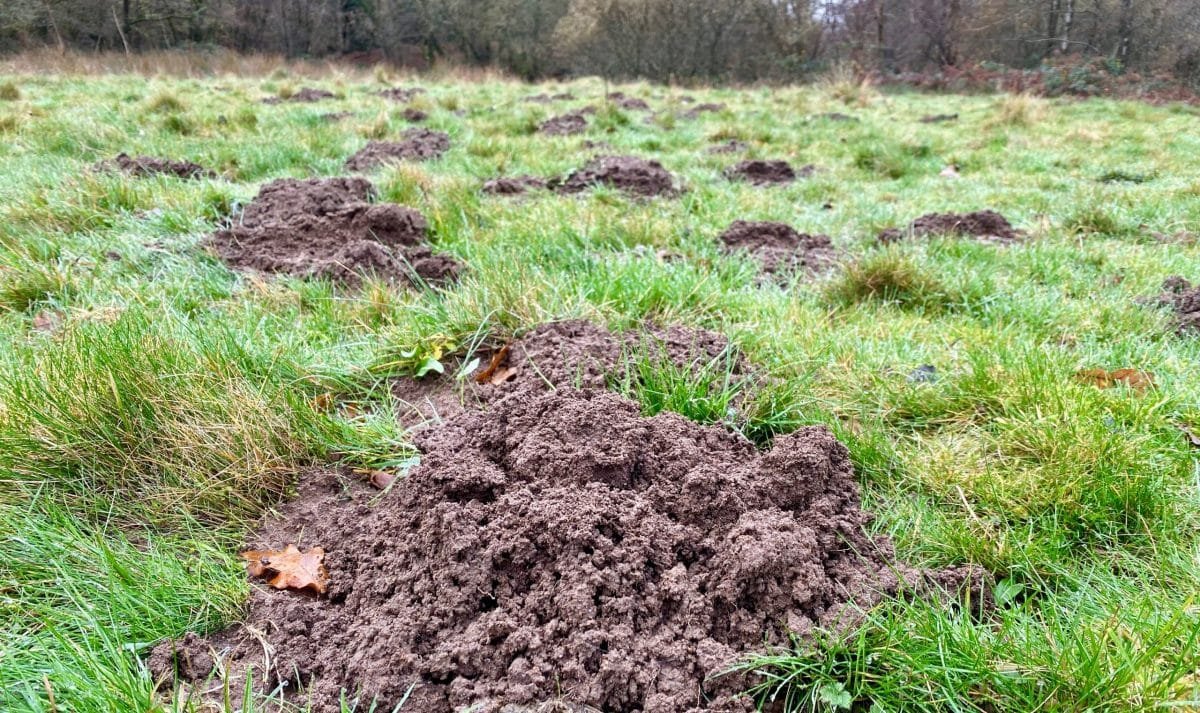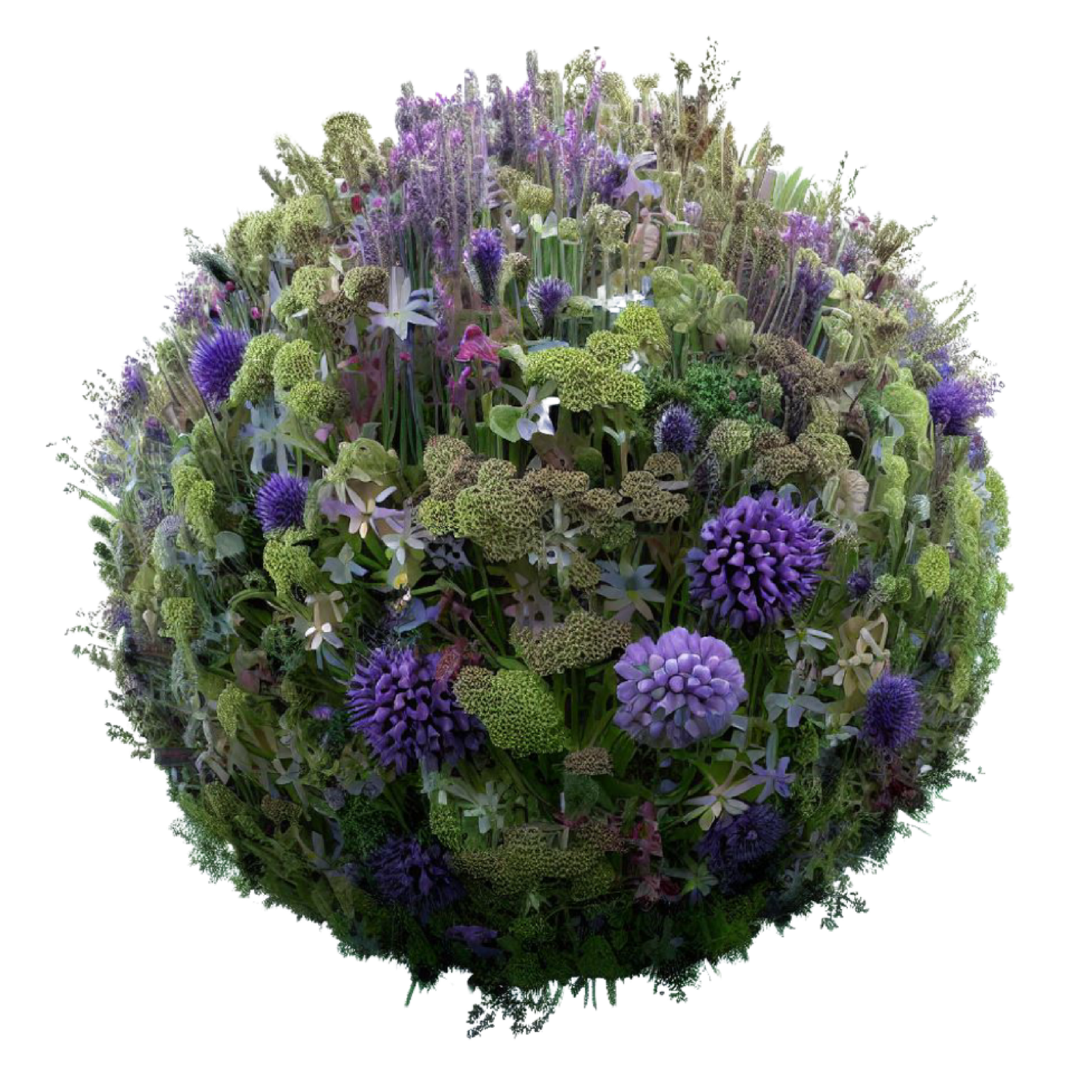My mother was very keen on mole traps, following a tradition that apparently started in Roman times. I remember having them firmly planted in the soft earth mounds that would regularly appear on our lawn. When I moved to Dorset, I’m embarrassed to say that I employed a mole catcher, who set the traps. Never again. Luckily, he wasn’t very successful.
I’ve discovered that moles are actually a brilliant addition to any garden or farmland. As they dig tunnels looking for worms, they break down and aerate the sole. What’s more they like to eat underground grubs that usually feed off crops. And, they improve soil drainage, which in turns stops flooding….
Since my mole epiphany – it sort of coincided with my interest in wilding – I’ve been looking out for molehills. At first, I was worried that they’d gone, not just from my land but all around our neighbourhood too. However, this year, I’ve found a plethora of molehills – and some of them have been clever enough to spot the welcome signs in our garden. We’re planning to pop a wildflower seed ball in them and watch them thrive.
Last week, I came across a freshly made mole-hill – it was one of the only ones not frozen – and it moved. The mole must have been lurking just a few centimetres from the surface as I came along.

Why do gardeners hate moles so much? It appears it’s to do with a desire for a ‘perfect lawn’. If you look on gardening websites, you’ll see lots of recommendations on how to get the moles to move home, or how to kill them.
My view is that we should all learn not just to live with them but love them… And, if you want a lovely fresh supply of crumbly fertile soil – go and raid a mole hill or two.




